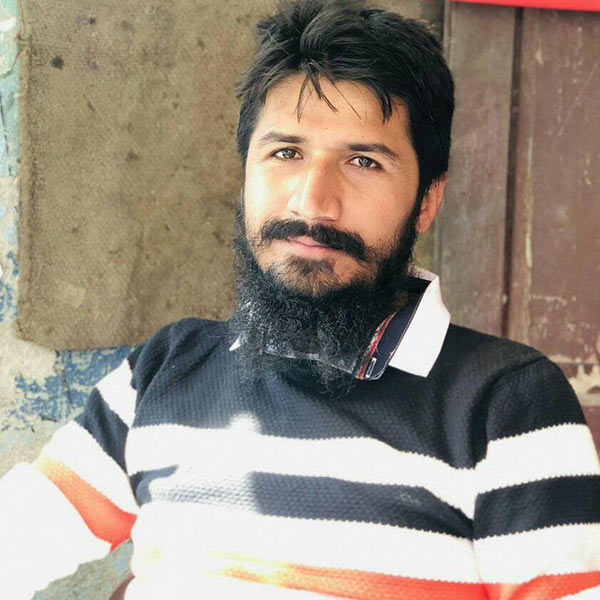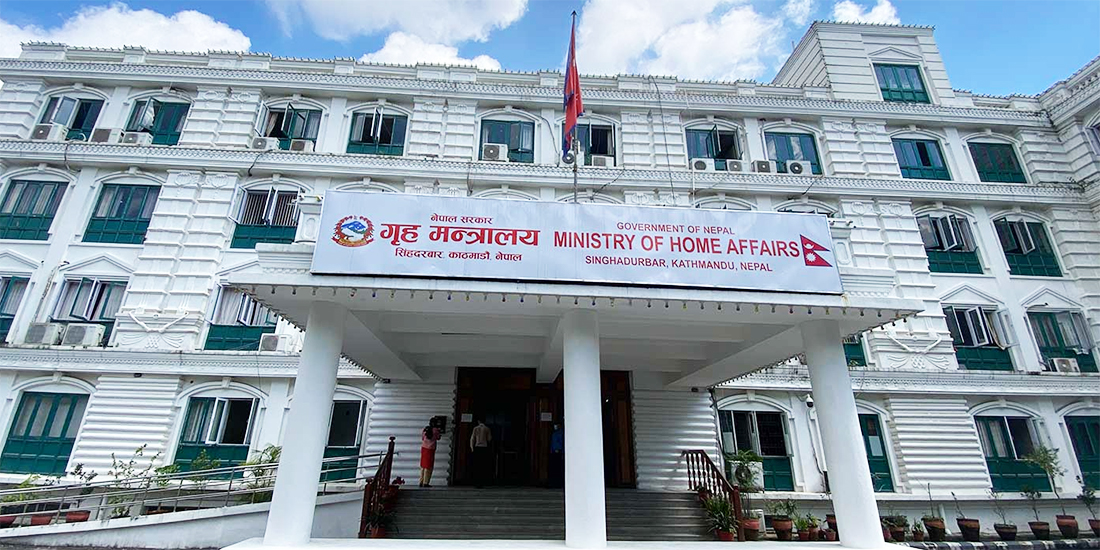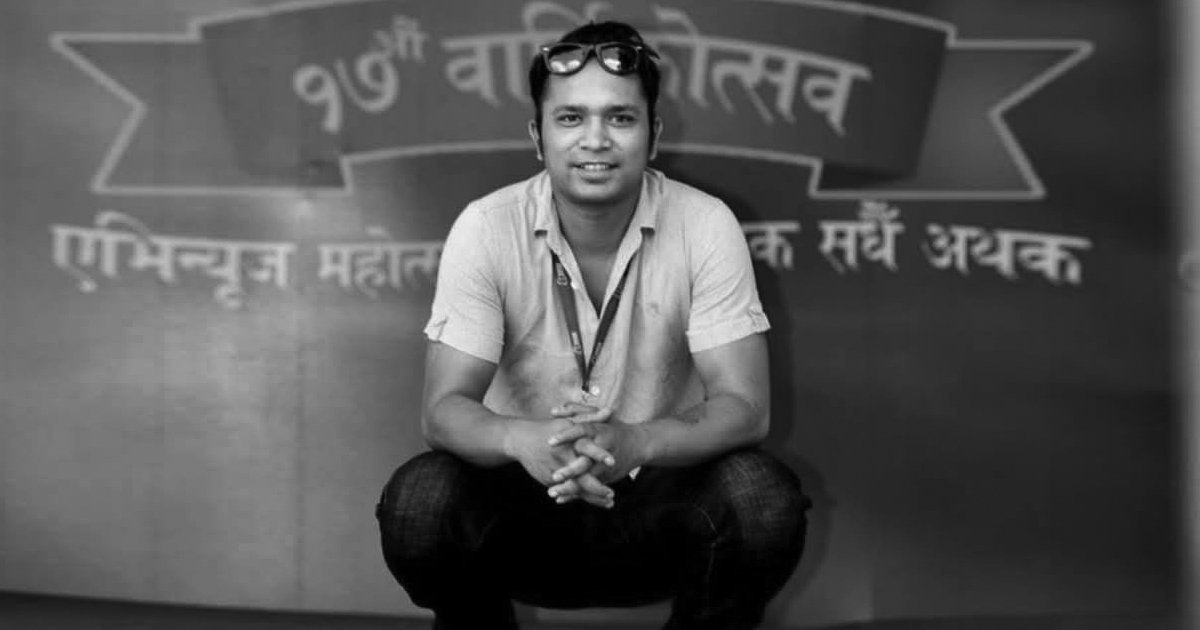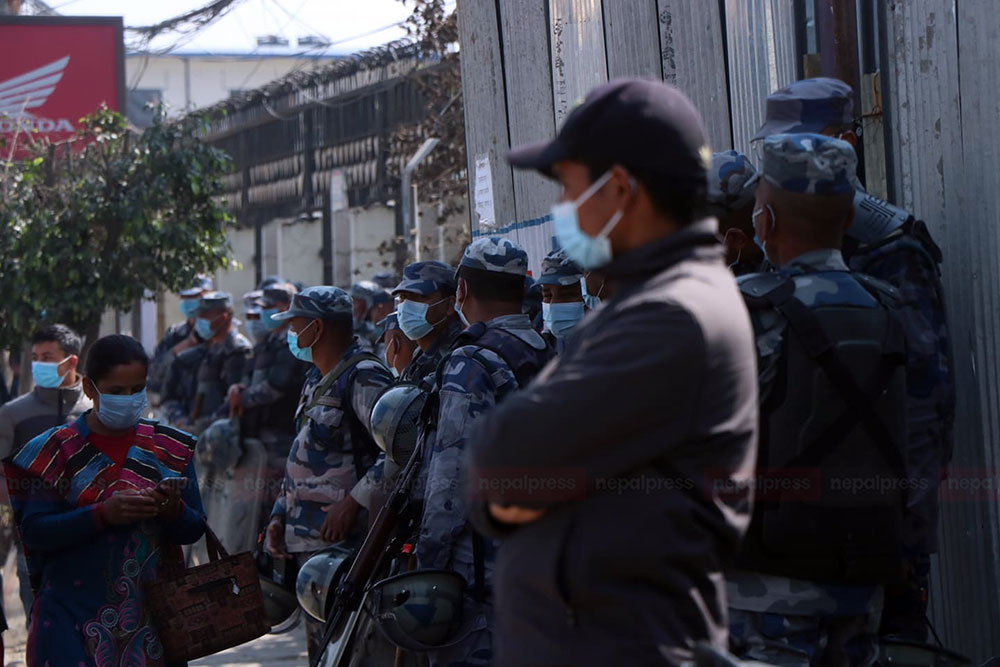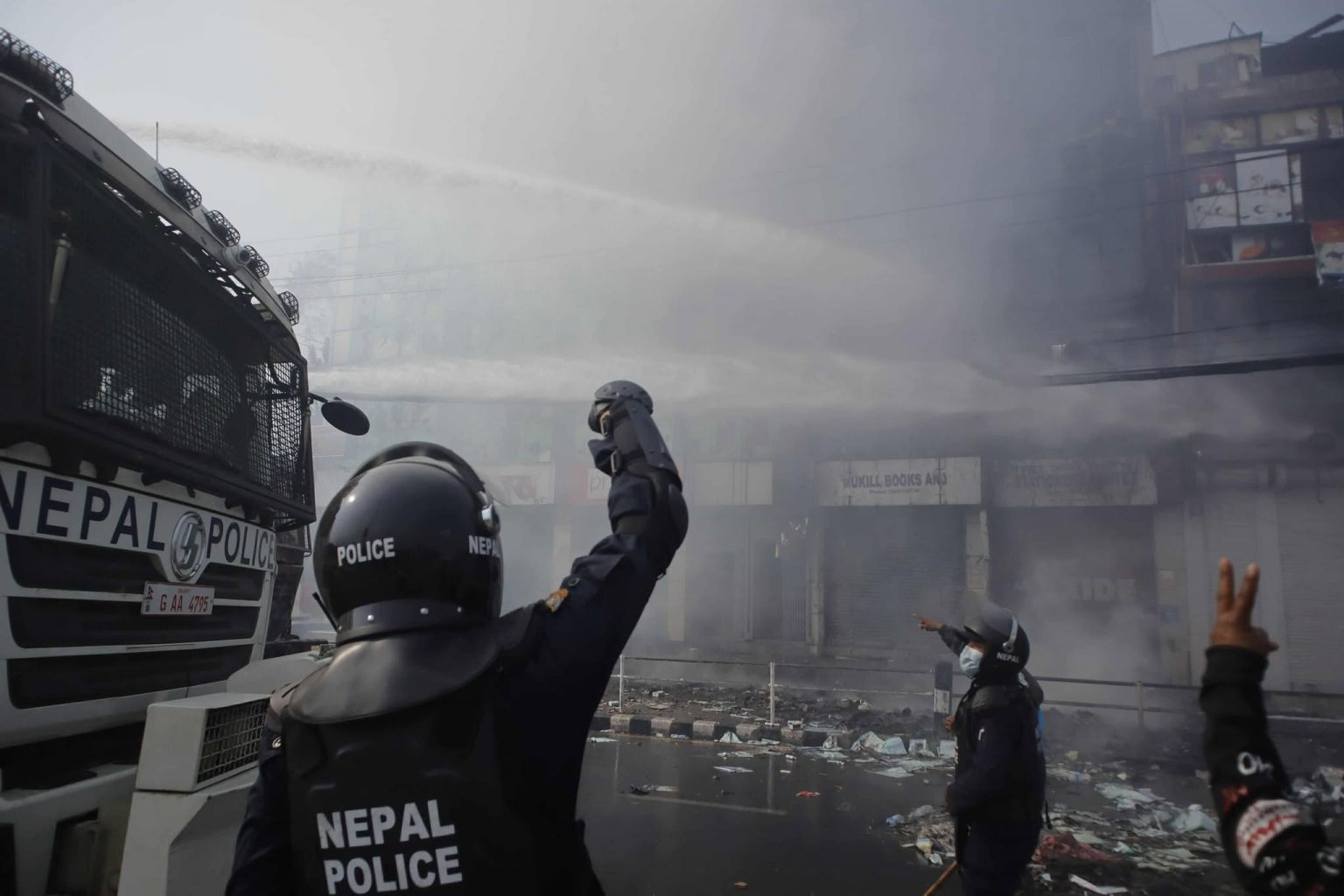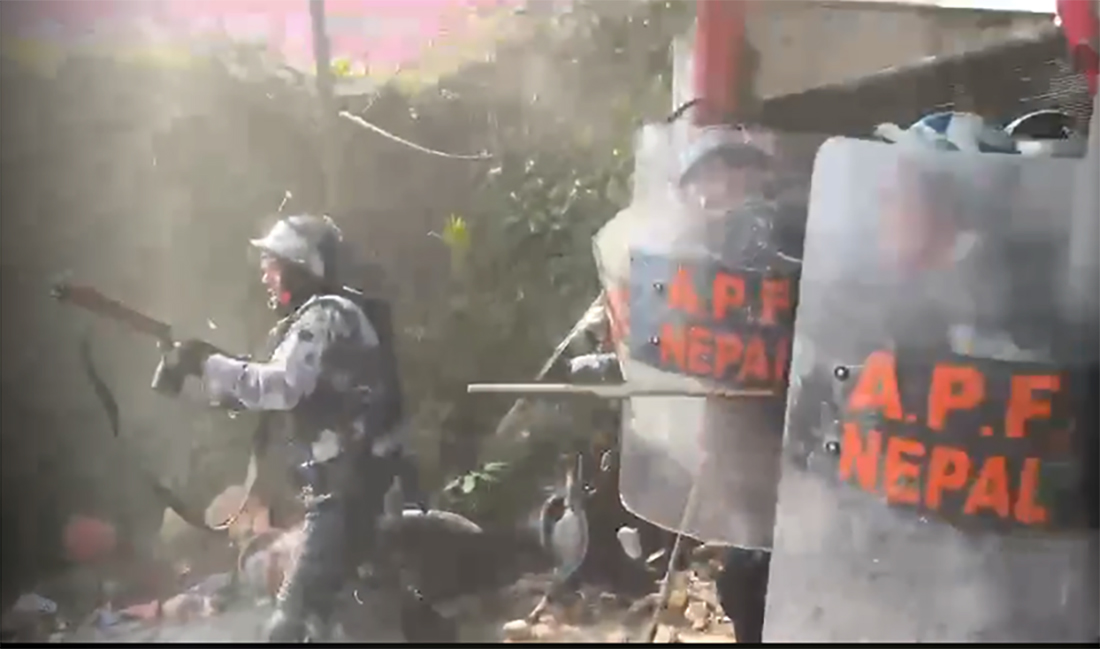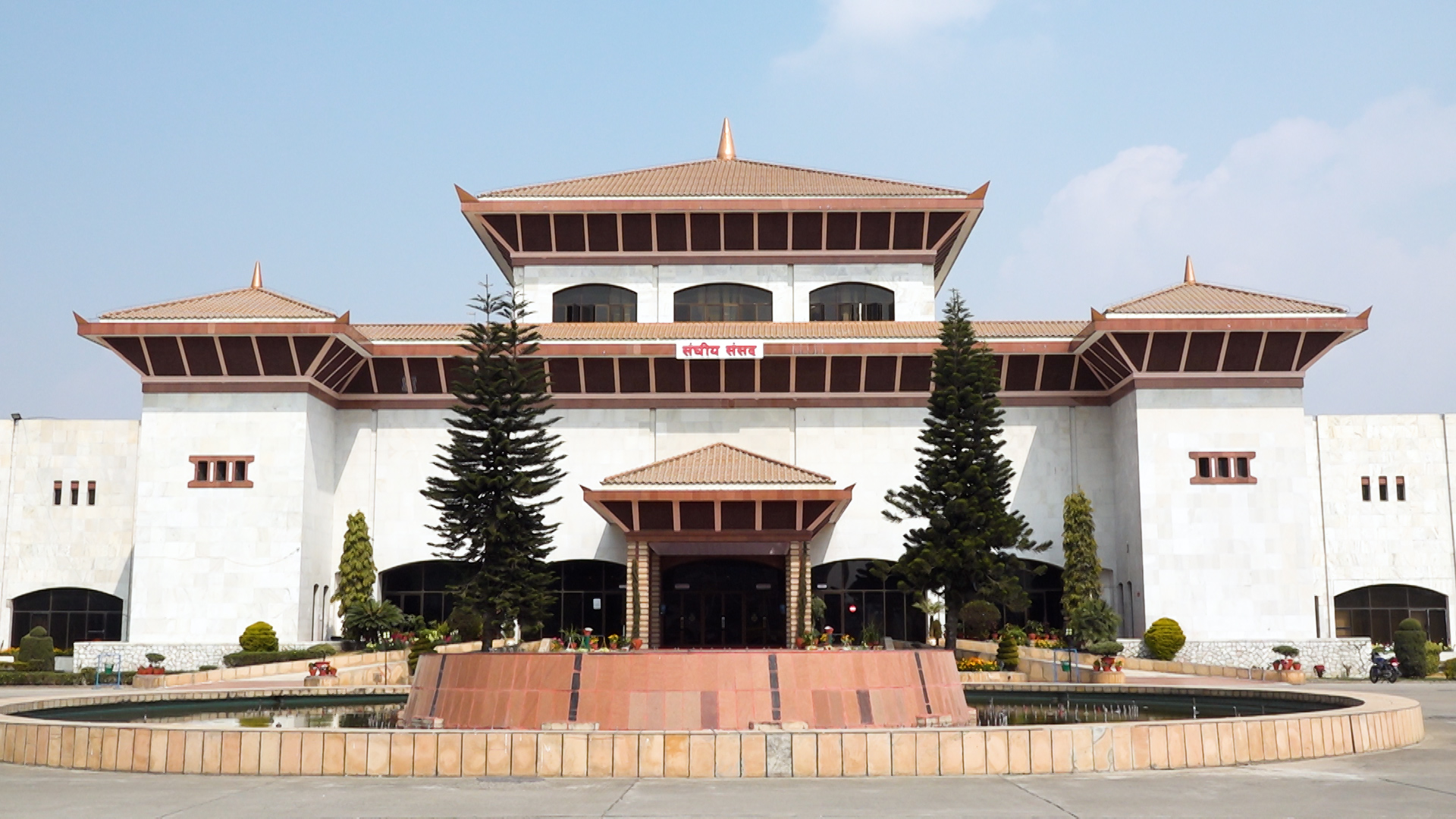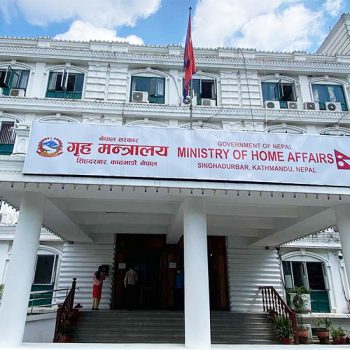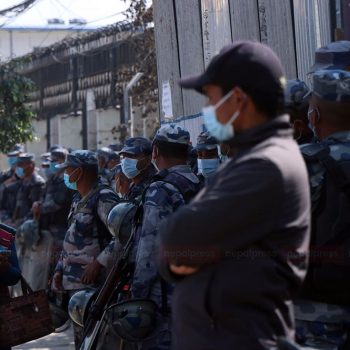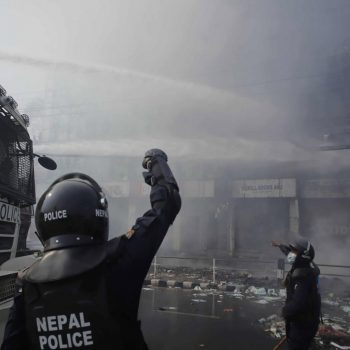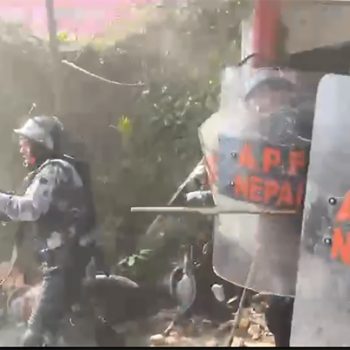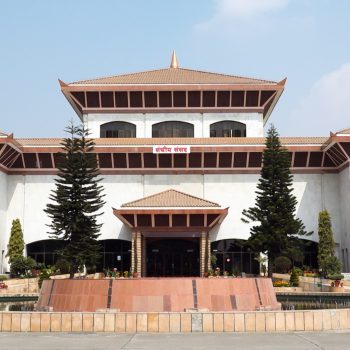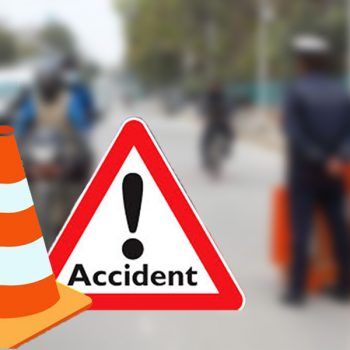23 events that define Nepal’s diplomacy of 2023
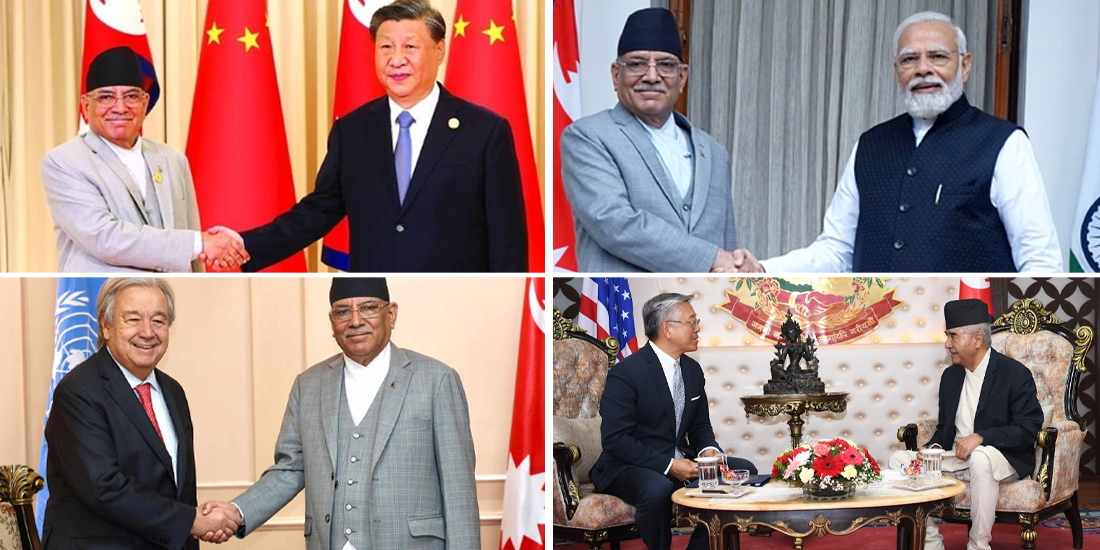
KATHMANDU: Today is the penultimate day of 2023. This year holds significant importance in Nepal’s diplomatic standing. On December 14, Nepal appointed Sewa Lamsal as the first woman secretary at the Ministry of Foreign Affairs. Alongside this milestone, there are several other noteworthy diplomatic events in the oldest sovereign country in South Asia over the past 12 months. Here, we discuss Nepal’s 23 major diplomatic events of 2023:
1. Pokhara International Airport operation: Nepal’s new year in 2023 began with the addition of a new international airport. The China-financed and constructed airport was formally inaugurated on 1 January. However, it did make the first international flight only on 21 June when a chartered flight from China carrying Ganesh Timalsina, chair of Nepal’s National Assembly and Chinese players for Nepal’s first Dragon Boat Festival. Chinese ambassador to Nepal Chen Song said the airport was part of BRI. After some criticism from the Nepali side that the airport concept was older than BRI’s birth, he didn’t repeat the same phrasing in his other publicly available statements and interviews. Pokhara International Airport has not been operational internationally. On 15 January, Yeti Airlines Flight 691 crashed nearby this airport killing all 72 people onboard.
2.Four new diplomatic relations: Nepal established new diplomatic ties with four different countries in 2023: Republic of Malawi on February 16, Republic of Nauru on May 4, Republic of Cameroon on June 22, and Republic of Marshall Islands on June 23.
3.Fake Bhutanese Refugee Scam: May witnessed the arrests of top political and bureaucratic figures in the fake Bhutanese refugee scam. Former Deputy Prime Minister Top Bahadur Rayamajhi and Former Home Minister Balkrishna Khanda were among those arrested.
4.India visit: Prime Minister Prachanda made a four-day visit to India from May 31 to June 3. His notable outcomes included India’s commitment to purchasing 10,000 megawatts of electricity in the upcoming decade and his counterpart Modi’s acknowledgment that Nepal and India have border problems. Controversially, Modi traveled to a village on Nepal’s border that is considered India-occupied on October 13.
5.Nepal-Bangladesh power trade: On July 8, Nepal and Bangladesh formally agreed to enter into a long-term electricity export deal from Nepal, with an expected export volume of 40 megawatts. Talks are underway regarding a trilateral hydroelectricity investment involving Nepal, India, and Bangladesh.
6. China visit: PM Prachanda made an 8-day official visit to China from September 22 to 29. His notable takeaways include the signing of a dozen agreements and memoranda of understanding. These agreements involve Nepal’s shift from the ‘One-China policy’ to the ‘One-China principle,’ as well as the reopening and addition of more bilateral border crossings.
7. Hamas attacks: On October 7, during Hamas attacks on Israel, ten Nepali students were confirmed killed a day later. Nepal airlifted its citizens on October 11. A Nepali student named Bipin Joshi is still in Hamas captivity.
8. Russian Ukraine war: On December 4, four Nepalis were officially confirmed killed while fighting alongside Russian forces. The confirmed figure has now reached seven. Four Nepalis are in Ukrainian capture. Nepal has lobbied both Russia and Ukraine to send back Nepalis, but to no avail.
9. SAARC’s new Secretary General in Kathmandu: In the last week of October, SAARC’s new Secretary-General from Bangladesh, Golam Salwar, assumed his office in Kathmandu. Despite being dysfunctional since its last Kathmandu summit in 2014, SAARC has been paralyzed. However, it has not stopped breathing.
10. UN Secretary-General arrival in Nepal: UN Secretary-General Antonio Guterres made an official visit to Nepal from October 29 to November 1. He made Himalayan visit and talked about climate crisis in the Himalayas. He gave speech at Nepal’s joint sessions of houses and voiced for justice to conflict victims based on victim-centric international judicial practices.
11. PM’s Temple diplomacy: Temple diplomacy was a new incarnation of PM Prachanda. From Mahakaleshwar of India (June 2) to Mt. Kailash of China’s Tibet Autonomous Region (September 28) and the visit to Nepal’s Pashupatinath Temple, among others, displayed his temple diplomacy to please Hindu quarters.
12. North Korean exit: In the first week of November, North Korea formally closed its almost 50-year-old diplomatic mission in Kathmandu. It has assigned its existing New Delhi mission for Nepal’s affairs. With this, Kim Yong Su became the last residential North Korean ambassador to Nepal. He and his entire team left Nepal in the second week of November. He made a farewell call to PM Prachanda before his departure.
13. Portugal outreach: On November 9, Nepal’s cabinet decided to open a new embassy in Lisbon, Portugal’s capital. At least 20,000 Nepalis are said to have resided in Portugal. Sanil Nepal was picked as the first ambassador from Nepal this month.
14. Defeat in WHO regional elections: In what appeared to signal Nepal’s diplomatic failure, Nepal witnessed a humiliating defeat for the WHO Regional Director position with the Bangladeshi candidate on November 1. Out of 10 votes, Nepal’s candidate Dr. Shambhu Acharya secured just two votes against the Bangladeshi candidate Sheikh Hasina Wazed.
15. COP-28: PM Prachanda left for the COP-28 venue in the UAE on November 28. He returned to Nepal on December 3. He gave his speech on December 3. He was also part of the 52nd National Unity Day and ‘Sayed Sustainability Award’ in the UAE. He had bilateral meetings with the UN Secretary-General and some other world leaders, including Indian PM Modi. The issue of Himalayan glacial melt was one of the notable issues at COP-28.
16. Italy visit: PM Prachanda visited Italy from July 22 to 28. While in Rome, he participated in the WFO-organized ‘Food System Summit +2.’ During his speech, PM Dahal represented Least Developed Countries (LDC) and emphasized increased agricultural investment. Throughout his stay in Rome, he also conducted bilateral meetings with UN Secretary-General Antonio Guterres and Bangladeshi PM Sheikh Hasina, among others.
17. Qatar: Qatar came into the spotlight of Nepal’s diplomacy for three reasons. First, PM Prachanda’s scheduled and canceled visit on February 27. He was supposed to attend a program of the Fifth Conference of the Least Developed Countries and was set to leave the country on March 3. He canceled his visit on February 27 for ‘important political engagements’ in Nepal. If he had visited Qatar, it would have been his first foreign visit. Second reason of Qatari issues was a possible visit by a high level from the gas-rich Arab country. Third reason was Qatar’s potential to meditate for the release of Nepali student Bipin Joshi from Hamas activity.
18. Australian Minister visit: Australia’s Assistant Foreign Minister Tim Watts visited Kathmandu from May 16 to 17. He paid a visit to the Hindu shrine of Pashupatinath. As Australia becomes one of the most favored destinations for Nepali students, more top-level visits between the two countries are expected.
19. MCC: The American project of MCC was ratified by Nepal’s parliament last year. However, the $500 million project is still in limbo when it comes to visible outcomes. Despite no tangible MCC outcomes for transmission lines and roadways, there were high-level visits from the US, including the February 7 visit of the Administrator of the USAID Samantha Power and the July 13 visit of US Assistant Secretary for South and Central Asian Affairs, Donald Lu, among others.
20. BRF: So far, there are no tangible infrastructural outcomes of Nepal’s participation in China’s Belt and Road Initiative (BRI) since the first Belt and Road Forum (BRF) in 2017. However, Nepal was not absent in the Third Belt and Road Forum which was held in Beijing from October 17 to 18. Nepal’s delegation was led by Deputy Prime Minister and Home Minister Narayankaji Shrestha.
21. Electricity trade with China: While claiming the one-year ‘success’ of his government, PM Prachanda highlighted the first ongoing trans-Himalayan transmission lines between Nepal and China. He stated that works are underway to erect the Chilime-Kerung 220 kV transmission lines. When this comes into operation, it would be an added option for Nepal’s incumbent India-dependent energy trade.
22. Asian Games and Asia Cup Goodwill: From a sporting perspective, Nepal’s two medals at the Hangzhou Asian Games, praiseworthy cricketing performance against heavyweight cricketing nations at the Asia Cup from August 30 to September 17, and participation in the Asian Games from September 23 to October 8 were noted as part of Nepal’s sporting goodwill.
23. Nepal’s absence in Raisina Dialogue and G-20 Summit: Two notable physical events in Nepal’s southern neighbor were the Raisina Dialogue, held from March 2 to 4 and supported by the Indian Government, which invited many world leaders but not Nepali representatives. Likewise, in the G-20 summit from September 9 to 10, Nepal was absent among the invitees.


